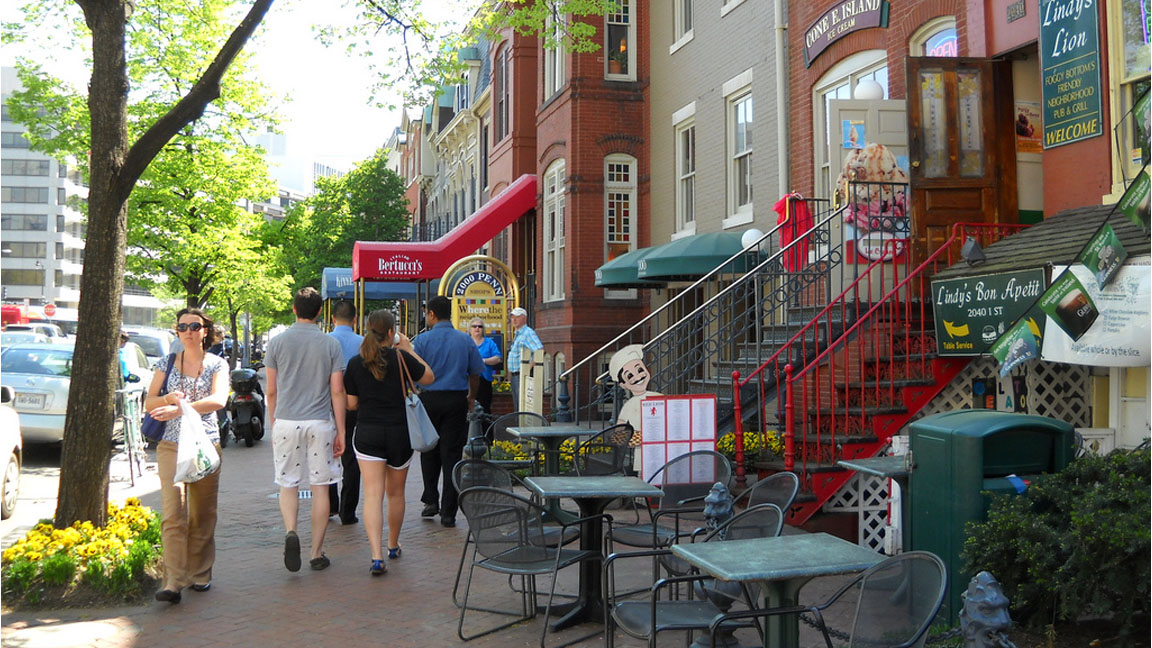
Why Walkable Neighborhoods Are Gaining Popularity
As urban landscapes evolve, there is a growing demand for walkable neighborhoods—communities designed to promote ease of movement without relying heavily on vehicles. With increasing concerns about traffic congestion, pollution, and sedentary lifestyles, walkable neighborhoods are emerging as a preferred choice for modern homebuyers. This blog explores why these areas are becoming more popular and how they enhance quality of life.
- What Defines a Walkable Neighborhood?
A walkable neighborhood is designed with pedestrian-friendly infrastructure, allowing residents to access essential services, public transport, and recreational areas on foot. These neighborhoods prioritize safety, convenience, and an improved urban experience.
✔ Well-Connected Sidewalks & Pedestrian Paths – Safe and spacious pathways.
✔ Mixed-Use Development – Homes, offices, shopping centers, and leisure spots within walking distance.
✔ Efficient Public Transport Access – Metro stations, bus stops, and cycle lanes.
✔ Green & Open Spaces – Parks, gardens, and plazas to promote a healthy lifestyle.
✔ Traffic-Calming Measures – Speed bumps, narrow streets, and pedestrian crossings for safety.
✔ Street-Level Amenities – Cafes, restaurants, supermarkets, and fitness centers.
- Why Are Walkable Neighborhoods Gaining Popularity?
A. Health & Wellness Benefits
✔ Encourages an Active Lifestyle – Walking and cycling improve physical fitness.
✔ Reduces Stress Levels – Fewer traffic worries lead to a relaxed life.
✔ Promotes Mental Well-Being – Green spaces and social interaction boost happiness.
✔ Lowers Risk of Obesity & Heart Disease – Daily walking reduces health issues.
✔ Safe for Children & Elderly – Well-lit pedestrian pathways enhance safety.
B. Environmental Sustainability
✔ Reduces Carbon Footprint – Fewer cars mean lower emissions and pollution.
✔ Encourages Public Transport Use – Walkable areas are better connected to transit systems.
✔ Green Infrastructure – More trees, green belts, and rainwater harvesting systems.
✔ Less Traffic Congestion – Fewer vehicles improve air quality and reduce noise pollution.
C. Economic & Real Estate Advantages
✔ Higher Property Values – Homes in walkable neighborhoods appreciate faster.
✔ Attracts Business Growth – Local businesses thrive with increased foot traffic.
✔ Better Rental Returns – Demand for walkable neighborhoods is rising.
✔ Lower Transportation Costs – Less need for personal vehicles saves money.
D. Social & Community Benefits
✔ Stronger Neighborhood Connections – More opportunities for social interactions.
✔ Safe & Secure Living – Well-maintained, well-lit streets reduce crime rates.
✔ Increased Civic Engagement – Community parks, farmer’s markets, and events bring people together.
✔ Cultural Vibrancy – Presence of cafes, art galleries, and public performances.
- Cities Leading the Walkability Trend
Several cities worldwide are embracing walkable urban planning. Popular examples include:
✔ New York City, USA – Extensive sidewalks, Central Park, and public squares.
✔ Copenhagen, Denmark – Famous for its bike lanes and pedestrian zones.
✔ Singapore – Smart city planning with green corridors and pedestrian-friendly areas.
✔ Mumbai, India – Redeveloping commercial hubs to improve pedestrian access.
✔ Barcelona, Spain – The “Superblock” concept limits traffic and prioritizes walkers.
- Future of Walkable Neighborhoods
✔ Smart Walkable Cities – AI-powered traffic lights, real-time pedestrian monitoring.
✔ More Mixed-Use Developments – Blending residential and commercial spaces.
✔ Sustainable Urban Designs – Integration of vertical gardens and eco-friendly architecture.
✔ Expansion of Car-Free Zones – Cities promoting “no-car” neighborhoods.
✔ Enhanced Public Transport Networks – Encouraging seamless connectivity.
Final Thoughts
Walkable neighborhoods are more than just a real estate trend—they represent a shift toward healthier, more sustainable, and community-driven living. As more people recognize the benefits of walkable spaces, cities and developers are investing in pedestrian-friendly urban designs.
